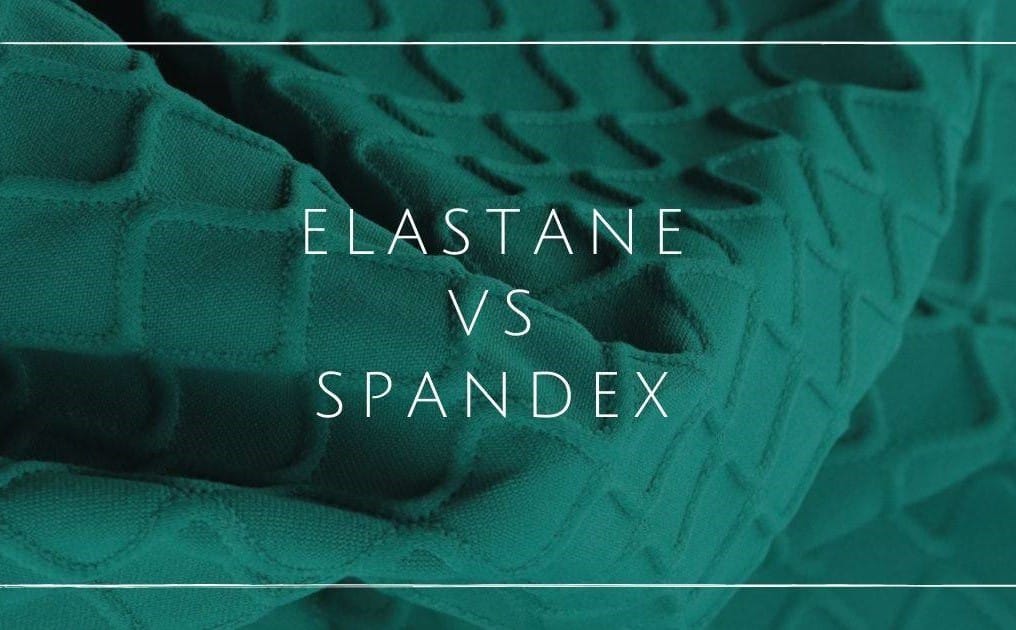1K
The terms spandex and elastane refer to the same type of synthetic fibers used to make clothing and other textiles
Spandex and elastane – that’s the difference
In fact, spandex and elastane are synonyms. They refer to the same type of synthetically produced fiber. Spandex is simply a brand name that is often used in the USA. LYCRA is another brand name that refers to the same type of man-made fiber.
- Elasthane can also be referred to as elastane. Both spellings are equivalent and correct. The fiber is usually added to other fibers, such as cotton, polyester or polyamide. The addition of elastane makes the fabric woven from the fibers elastic and stretchy.
- Elasthane is used in many fabrics today. Its ability to stretch exceeds the stretchability of most other fabrics. Spandex can stretch up to 500 to 700 percent. Since spandex is also lightweight and tear-resistant, these properties make spandex an excellent fiber.
- In addition to its stretchability, it is also important that elastane easily returns to its original shape after stretching. Elastane also makes cotton garments more durable, provided the garment is not exposed to excessively high temperatures. Elastane also does not form pills, also known as pilling, and does not crease.
Elasthane and spandex – they are used here
There are countless products that contain elastane and spandex. It is impossible to imagine today’s fashion world without this stretchy fiber.
- A few percent elastane in the textile is enough to make a garment stretchy. In jeans and T-shirts, which are mainly made of cotton or polyester, the spandex content is between two and five percent.
- The stretchy fiber is also used in medical compression stockings, corsetry and underwear. Sportswear would be unthinkable without the stretch expert. The proportion of elastane in these products is higher than in other items of clothing.
Disadvantages of synthetic fibers
Other synonyms for elastane and spandex are LYCRA and Dorlastan. Spandex was first developed in the middle of the twentieth century in the laboratories of the DuPont company.
- Elasthane consists of polyurethane. Crude oil is needed to produce it. Crude oil is a limited resource that will not be available to mankind for much longer.
- When garments and textiles made of synthetic fibers are washed, microscopic pieces of the clothing dissolve and pass into the water. The microplastic particles cannot be fished out in sewage treatment plants. Microplastics pollute the world’s oceans and poison the animal kingdom in the oceans and seas. Microplastics can even be found in the human body.

